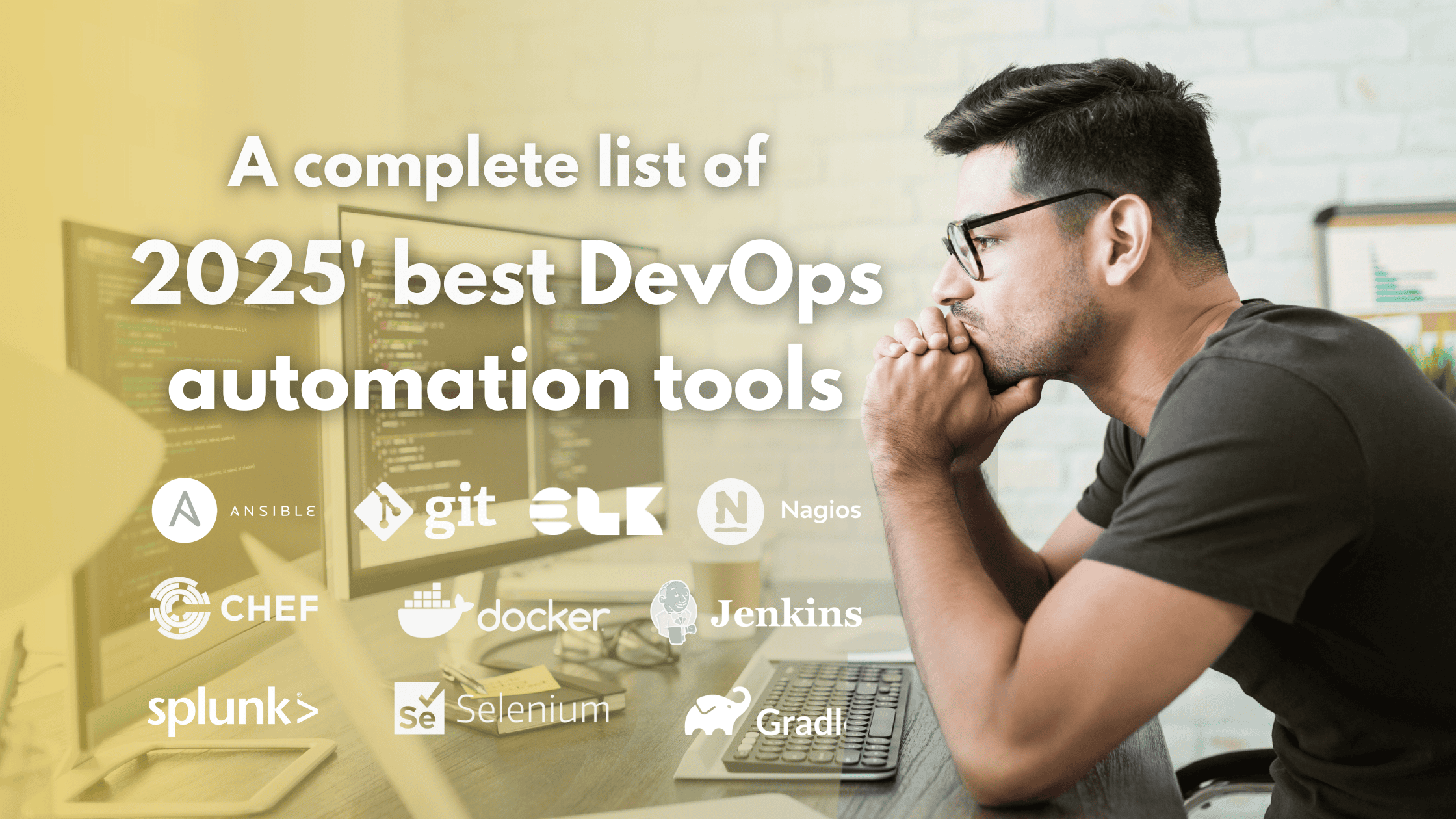The software development landscape has undergone a major transformation throughout the years.
The days when code updates and server maintenance demanded countless hours and substantial resources from development teams have long gone.
How can we firmly say so?
DevOps automation tools have fundamentally changed the game. These solutions enable development teams to build, test, and deploy software with unprecedented speed and precision by streamlining repetitive tasks.
Organizations can not only save valuable time and resources but also significantly enhance product quality and reliability, keeping organizations stay competitive in today's fast-paced digital landscape.
In this blog, we'll explore ten leading DevOps automation tools in 2025, from outstanding features and benefits these can bring to your business to some limitations to watch out.
Let's dive in!
What is DevOps automation tool?
DevOps automation tools represent a fundamental shift in how organizations approach software development and IT operations.
Development and IT teams configure these tools with specific rules and workflows that define the sequence, timing, and methodology of various tasks.
This approach transforms the repetitive, manual tasks into streamlined and automated operations, ensuring seamless deployment processes while maintaining high-quality standards throughout the software lifecycle.
These tools deliver three critical advantages that leverage development workflows:
- Accelerate the process: By automating routine tasks such as code building, testing, and deployment, teams can significantly reduce the time between feature conception and delivery.
- Reduce errors: Automating tasks can minimize human mistakes. This improves operations and saves massive amount of resource hat would otherwise be spent on error correction.
- Enhance team collaboration: When processes are clearly defined and automated, teams can work together more effectively, with better visibility into project status.
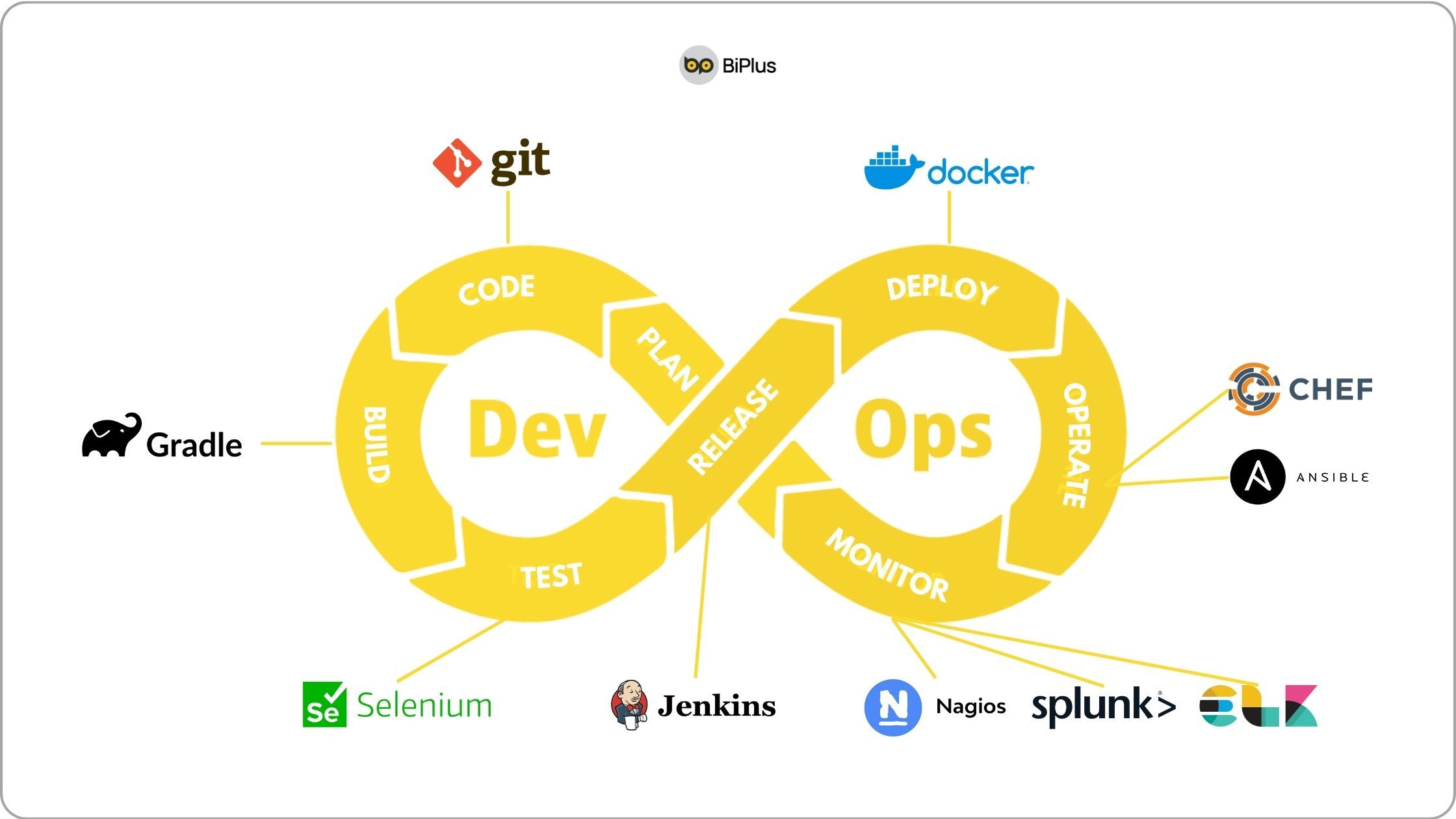
DevOps automation tools implement on centralized or distributed server architectures. By moving build processes away from individual machines, these tools eliminate dependencies on personal configurations or IDE-specific setups and provide teams with flexible access.
Currently, thousands of DevOps automation tools are available on the market, still, each tool offers unique capabilities and advantages. Choosing which may align best with your organization's specific needs is a crucial decision.
In this blog, we'll explore ten leading DevOps automation tools, examining their outstanding features, advantages, and potential limitations to help you make an the decision.
Top 10 best DevOps automation tools in 2025
1. Gradle

Gradle is a free and opens-source, yet, powerful build automation tool. This tool automates software development process and streamlines libraries management, accelerating the software development significantly.
Outstanding features and advantages of Gradle:
- Enhanced performance: Gradle utilizes Groovy (one of the JVM languages) for solving encapsulation problem. This implementation results in more concise and intuitive build scripts, enabling developers to express complex build logic.
- Development acceleration: The platform spreads test execution across multiple machines to minimize wait times. Furthermore, its parallel task execution allows development processes to continue uninterrupted while collecting any encountered errors into a single package for efficient resolution.
- Flexibility: It has comprehensive programming language support. Whether teams are working with Java, Kotlin, Scala, Python, or C/C++, Gradle can provide.
- Integration: Gradle works seamlessly with IDEs like IntelliJ IDEA and Eclipse.ution, creating a smooth development experience for teams in their preferred development environments.
Limitations of Gradle:
- Such extensive configuration options can be overwhelmed for beginners.
- Gradle is not optimal for large-scale projects.
2. Git
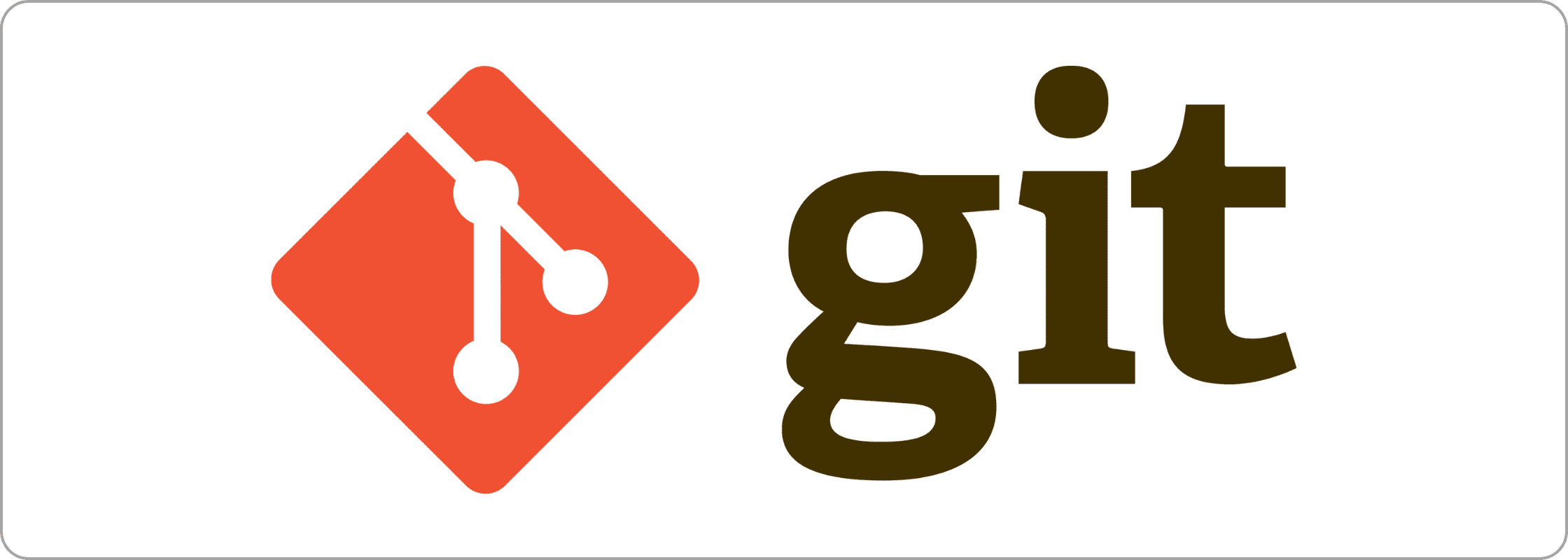
As a Source Code Management (SCM) tool, Git can assist developers in managing the source code effectively and easily:
- Maintain different versions of source code.
- Track application development progress.
- Roll back previous version whenever needed.
As the backbone of modern CI/CD pipelines, Git excels at managing projects of any size with remarkable speed and efficiency.
Outstanding features and advantages of Git:
- Distributed nature: Git offers several options for code repository management and team collaboration for branches and codebases.
- Branching and merging: This tool simplifies code changes management for easy and efficient documentation and libraries storage.
- Performance ability: Git functions perfectly with large repositories, enabling faster release cycles.
- Integration: It works with popular platforms like GitHub, GitLab, and Bitbucket.
Limitations of Git:
Even with merging features, merge conflicts can still occurred and challenging to resolve in large teams.
3. Jenkins

Jenkins has established itself as the leading open-source automation server, handling every phase of the software development lifecycle from coding, testing, and deployment. This tool functions as a central hub for continuous integration and delivery processes.
Outstanding features and advantages of Jenkins:
- Extensive plugin ecosystem: Jenkins offers over 1,800 plugins for various integrations. Developers can customize plugins or create new ones to address specific needs.
- Flexibility: It supports diverse build environments and configurations.
- Community support: Large and active Jenkins community can support you through knowledge sharing and troubleshooting assistance.
Limitations of Jenkins:
- As the project grows, Jenkins can become resource-intensive.
- While initial setup is straightforward, deploying the pipeline using Jenkins demands proficiency in its declarative programming languages.
- Maintaining a Jenkins environment requires regular plugin management and updates.
4. Docker
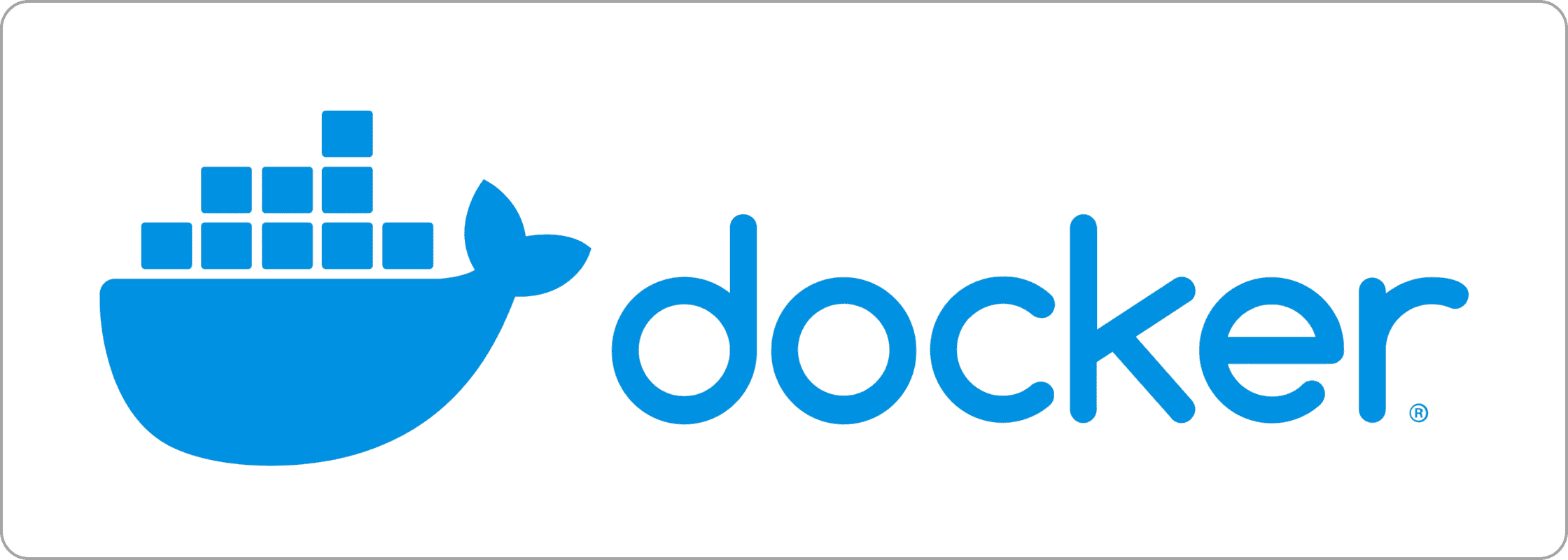
Docker is a popular DevOps automation platform that allows develops, deploys, and executes applications with containers. Containers are independent and isolated environments for development and launching applications. When you need to deploy applications to any server, you can simply run the Docker container and the application will be launched immediately.
Outstanding features and advantages of Docker:
Containers pose some significant **advantages compared traditional virtual machines:
- They run consistently across environments.
- They response to stating and stopping request in seconds.
- They are considerably lightweight.
Also, Docker has others outstanding features promoting lean and organized code:
- Ecosystem: Docker integrates seamlessly with Kubernetes and other orchestration tools.
- Portability: This tool ensures easy and simple working environment set up. It only requires configuration once and this config permits new devices or people involved in the project.
Limitations of Docker:
- Docker does not offer hosting option, and it is not optimal for tracking.
- Overhead in managing many containers in complex environments.
- Automatic reprogramming of inactive buttons is not available, which requires re-coding once buttons are inactive.
5. SeleniumHQ
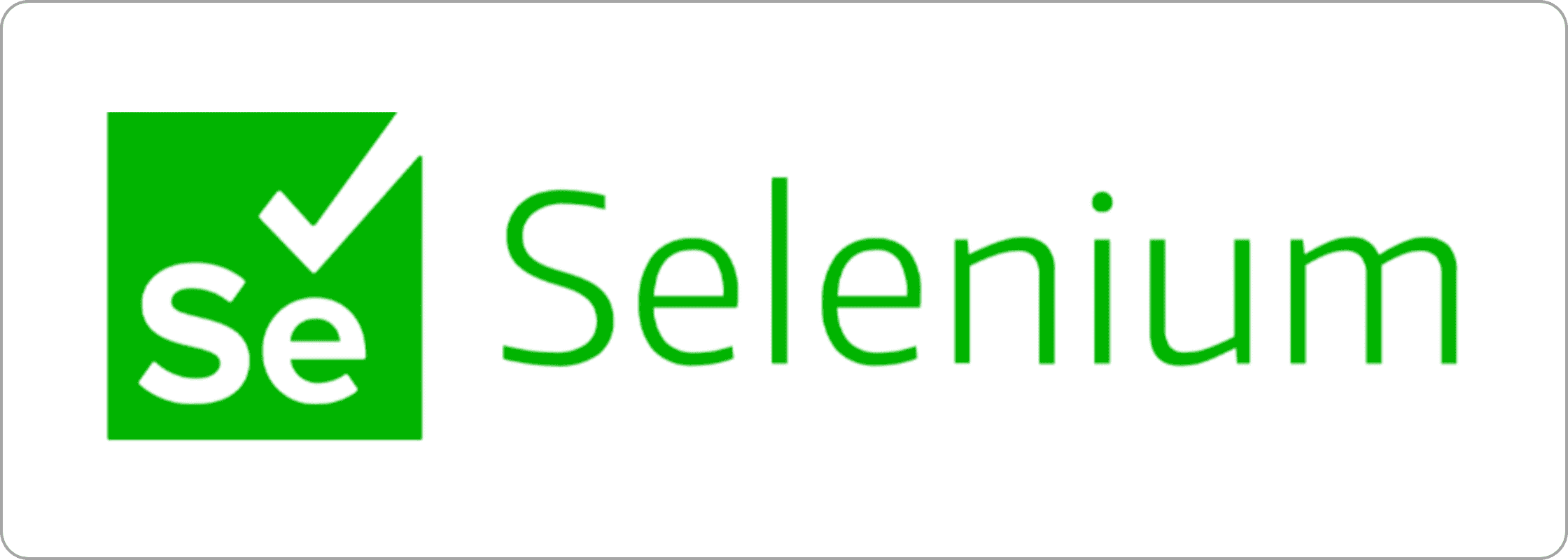
SeleniumHQ is a testing framework that specialized in automating web application testing. This comprehensive suite of tools enables development teams to create and execute test scripts across multiple browsers and platforms without any licensing costs.
Outstanding features and advantages of SeleniumHQ:
- Accessibility: SeleniumHQ provides developers with complete access to its codebase, allowing users to customize and enhance the framework to meet their specific testing requirements.
- Compatibility: SeleniumHQ seamlessly operates across major operating systems including Windows, Linux, and macOS, while supporting all popular web browsers such as Chrome, Firefox, Safari, and Edge. This capability ensures comprehensive test coverage across different user environments.
- Integration: It works well with continuous integration tools, particularly Jenkins, enabling seamless incorporation into existing automation pipelines.
- Versatility: Whether your team specializes in Java, Python, C#, Ruby, Perl, or PHP, SeleniumHQ accommodates your preferred language for test script development.
Limitations of SeleniumHQ:
- SeleniumHQ's scope is currently restricted to web browser testing, making it unsuitable for desktop or mobile application testing scenarios.
- The absence of built-in test management features in Selenium can complicate test script maintenance, especially for dynamic web applications.
- Leaners will face a steeper learning curve, as it lacks convenient features like test recording, checkpoints, and data tables.
6. Chef
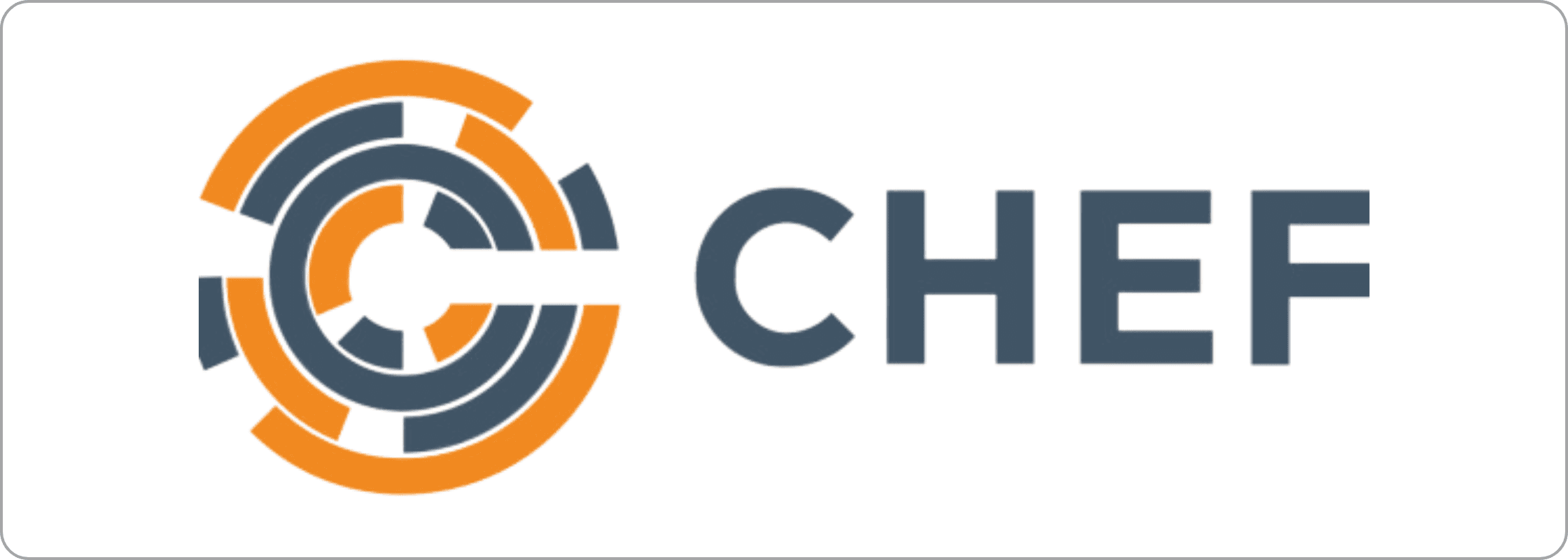
Chef functions as an infrastructure automation platform that configures, deploys and manages the entire application infrastructure securely.
At its core, Chef operates through a well-structured architecture containing three main components:
- Workstations for development.
- Central Chef server for configuration management.
- Nodes managed by Chef clients.
Aligning with its name and concept, infrastructure specifications in Chef are defined through "cookbooks" and "recipes" - Chef's approach to infrastructure as code.
Outstanding features and advantages of Chef:
- Infrastructure as code: It applies declarative approach for managing infrastructure, allowing teams to define desired states rather than procedural steps. This methodology ensures consistent, repeatable deployments while minimizing configuration drift.
- Scalability: The platform can handle large-scale infrastructure deployments along with seamlessly integrate with major cloud providers including AWS, Azure, and Google Cloud. This features enables unified infrastructure management.
- Domain specification: Chef uses Ruby as its domain-specific language for defining resource patterns and recipe logic.
Limitations of Chef:
- It presents steep learning curve for newcomer, particularly for teams without Ruby programming experience.
- Chef's state management capabilities often require supplementary tools to achieve comprehensive infrastructure oversight.
7. Ansible

Ansible stands as a modern configuration management, offering streamlined approach to server installation, management, and maintenance across remote environments. What sets Ansible apart is its adoption of YAML (Yet Another Markup Language) for configuration scripts, providing a user-friendly format that simplifies complex automation tasks.
Outstanding features and advantages of Ansible:
- Agentless architecture: Ansible eliminates the need for agent installation on managed nodes, helping users to significantly reduce deployment complexity and resource overhead.
- User-friendliness: YALM is a straightforward, declarative syntax. With such, Ansible offers users greater ease in creating and maintaining complex infrastructure configurations than traditional tools.
- Extensibility: The platform offers comprehensive support for major cloud providers and integrates with a wide range of third-party tools, providing developers more flexibility.
- Community support: Large interactive community of Ansible provides abundant resources for practitioners.
Limitations of Ansible:
- In large-scale deployments, the platform's agentless architecture can potentially perform slower execution times compared to agent-based alternatives.
- Ansible requires additional effort or supplementary tools when implementing more complex workflows.
8. Nagios
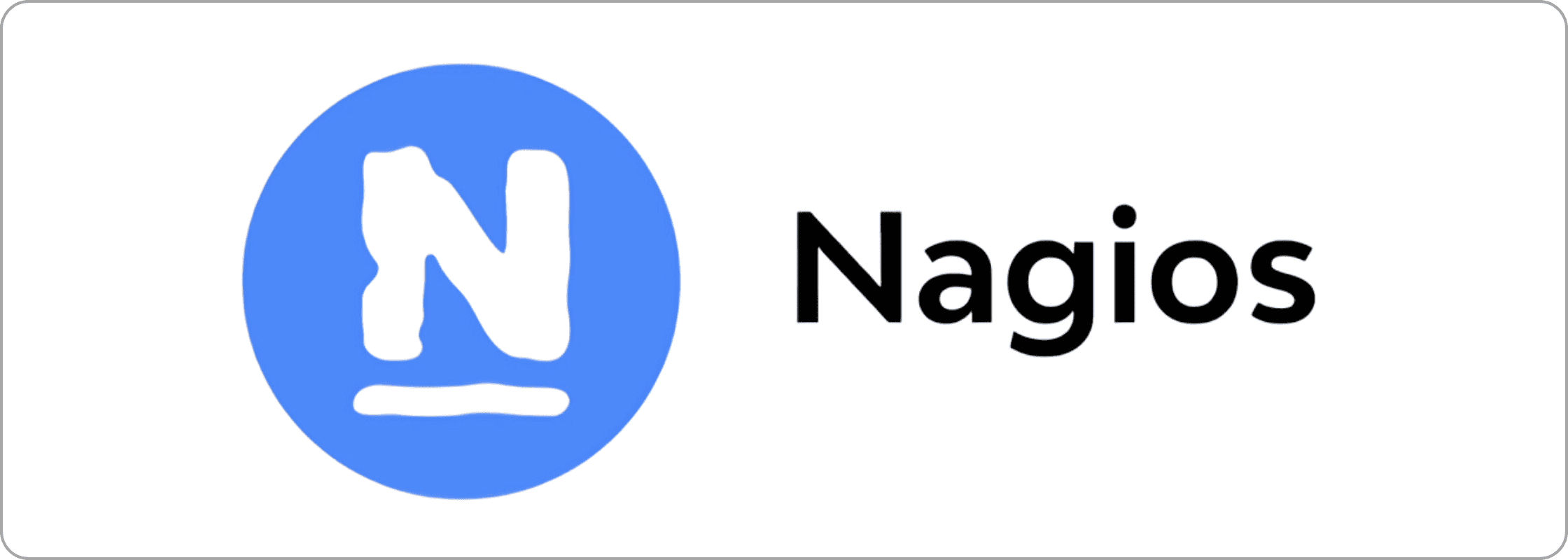
Nagios has established itself as a foundational monitoring solution, leveraging network administrators with insights of their systems, networks, and infrastructure components. This platform enables teams to detect, diagnose, and resolve operational issues before they impact critical projects processes.
Outstanding features and advantages of Nagios:
- Customized alerting system: Developers can customize thresholds and notifications parameters to align with their operational requirements.
- Extensibility: Nagios offers users access to thousands of community-developed plugins. Also, its broad compatibility with modern operating systems, including Windows and Netware, ensures comprehensive coverage across environments.
- Scalability: Its web-based interface facilitates monitoring of multiple infrastructure environments, providing administrators with access to monitoring data from any location.
Limitations of Nagios:
- Nagios' user interface appears dated compared to modern monitoring solutions.
- The web GUI presents a considerable learning curve, particularly when configuring advanced monitoring scenarios.
9. ELK Stack (Elasticsearch, Logstash, Kibana)

The ELK Stack is a comprehensive logging and analytics solution in the form of suite, combing three tools dedicated to specific tasks:
- Elasticsearch: This is a distributed database optimized for storing and querying vast amounts of log data.
- Logstash: It functions as an efficient data pipeline, receiving logs from multiple sources, processing them through customizable filters, and feeding the processed data into Elasticsearch.
- Kibana: Kibana completes the stack by providing an intuitive visualization layer. It helps teams to create dashboards and explore their data through interactive analytics.
This integrated suite transforms raw operational data into actionable insights, making it an widely-known tool in modern DevOps environments.
Outstanding features and advantages of ELK Stack:
- Real-time insights: The platform collects, processes, and visualizes logs and metrics as they occur. This real-time insight accelerates problem detection and resolution.
- Visualization: Kibana’s intuitive interface allows teams to create interactive dashboards that transform complex log data into actionable insights.
- Scalability: Elasticsearch's distributed architecture efficiently handles massive datasets, allowing organizations to scale their logging infrastructure as their data volumes grow.
Limitations of ELK Stack:
- The stack's comprehensive capabilities come with significant resource requirements, particularly in large-scale deployments.
- Optimizing and maintaining an ELK Stack deployment at scale requires considerable expertise.
10. Splunk
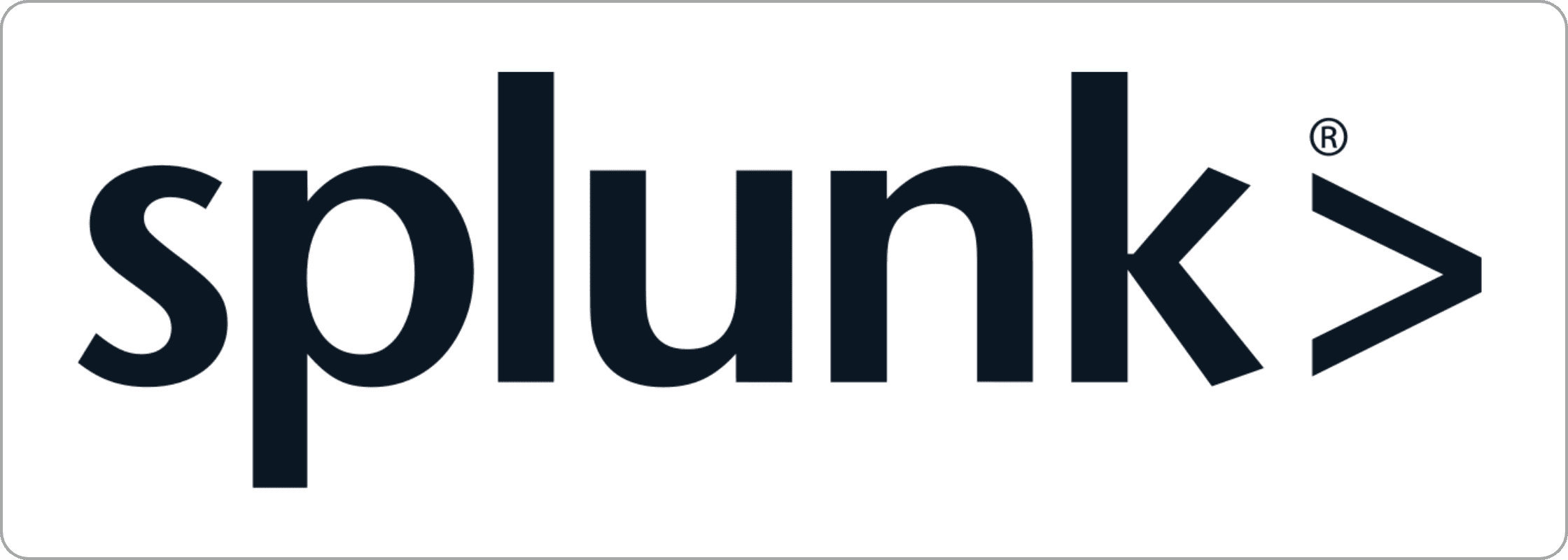
Splunk is a premier solution for monitoring, analyzing, and visualizing machine-generated data. Leveraging the foundations of Lucene and MongoDB, Splunk can deliver powerful monitoring and visualization capabilities.
Outstanding features and advantages of Splunk:
- Versatility: Splunk edpertly handles diverse data formats including Syslog, CSV, Apache logs, and access_combine.
- Integration: This platform excels at collecting and analyzing data from virtually every corner of an organization's technical infrastructure - from system logs and network devices to security tools like Firewalls and IDS/IPS systems.
- Powerful search capabilities: The platform employs a powerful search architecture that enables users to query massive datasets efficiently.
- Custom dashboards: Teams can create tailored visualization panels in Spunk that monitors system health, tracks key performance indicators, and helps users to make data-driven decisions.
Limitations of Splunk:
- Splunk's licensing model is relatively expensive compared to open-source alternatives.
- The absence of security mechanisms in Spunk makes the tool less suitable for environments with high security requirements.
Takeaways
Comparision of 10 best DevOps automation tools in 2025
| DevOps tools | Open source | Learning curve | Installation | Primary function |
|---|---|---|---|---|
Gradle | ✅ | Moderate | Easy | Build automation and performance optimization. |
Git | ✅ | Easy | Easy | Version control and team collaboration. |
Jenkins | ✅ | Moderate | Moderate | Continuous integration and delivery pipeline automation. |
Docker | ✅ | Easy | Moderate | Application containerization and deployment portability. |
SeleniumHQ | ✅ | Moderate | Moderate | Automated web browser testing and validation. |
Gradle | ✅ | Moderate | Easy | Build automation and performance optimization. |
Chef | ❌ | Hard | Moderate | Infrastructure provisioning and configuration management. |
Ansible | ✅ | Easy | Easy | Configuration management and infrastructure orchestration. |
Nagios | ✅ | Hard | Moderate | System and network monitoring and alerting. |
ELK Stack | ✅ | Moderate | Hard | Log management and data visualization. |
Splunk | ❌ | Moderate | Moderate | Enterprise data monitor. |
Ease levels:
- Easy: Minimal technical expertise required, good documentation.
- Moderate: Some technical expertise needed, may require additional learning.
- Hard: Significant technical expertise required, steep learning curve.



